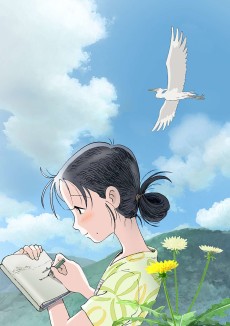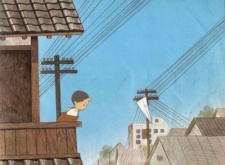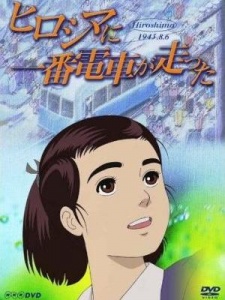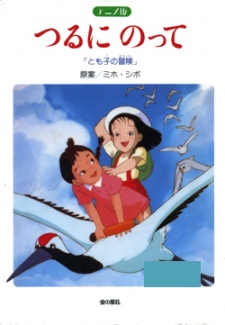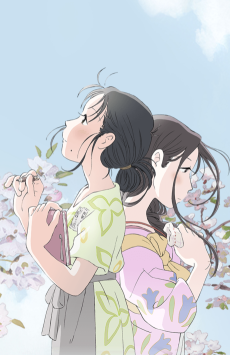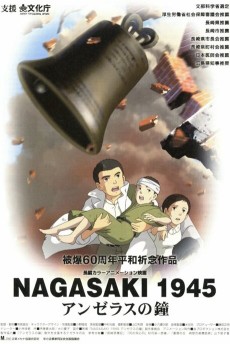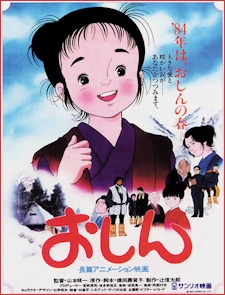USHIRO NO SHOUMEN DAARE
MOVIE
Dubbed
SOURCE
OTHER
RELEASE
March 9, 1991
LENGTH
90 min
DESCRIPTION
Kayoko is a young girl in 1940, just starting first grade. She's a bit of a crybaby, which is no secret to those around her. She loves playing with friends and singing cute schoolyard chants, and occasionally having fun with her three older brothers. Her mother is pregnant, and so she looks forward to being a big sister, only partially understanding the responsibility that might bring. Meanwhile, the war effort is growing, and it`s only the natural thing to do to be patriotic and support the country...
Kayoko goes so far as to contribute her favorite dolly, whose materials could help build explosives. Time passes, and as she grows older, Kayoko sees how the war has affected her life and those around her. Nothing can prepare her for 1945, however, and the bleak times that are soon to come. Based on original creator Kayoko Ebina's real life experience during World War 2 on Showa era.
(Source: Anime News Network)
CAST
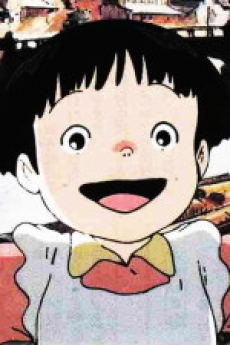
Kayoko Nakane

Katsue Miwa
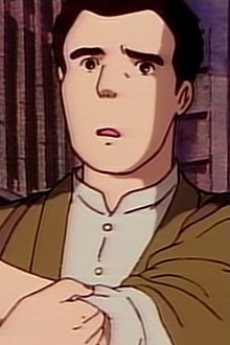
Otokichi Nakane
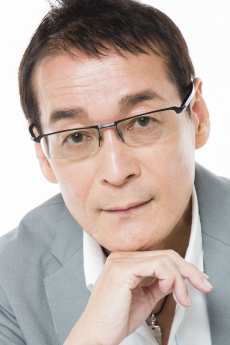
Norio Wakamoto
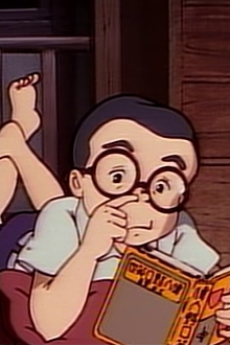
Takejirou Nakane
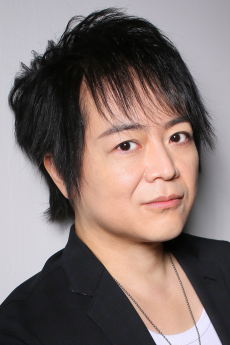
Nozomu Sasaki

Kisaburou Nakane
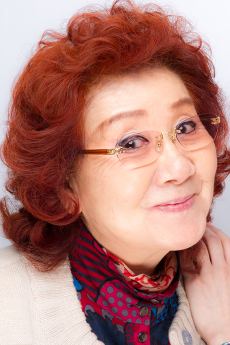
Masako Nozawa
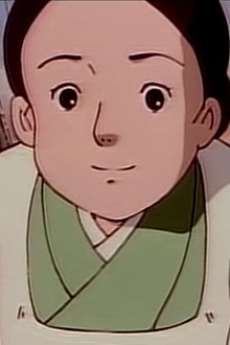
Yoshi Nakane
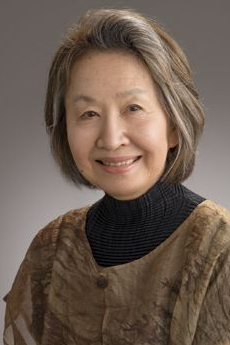
Masako Ikeda
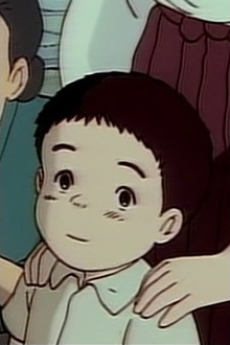
Kounosuke Nakane

Michiyo Yanagisawa
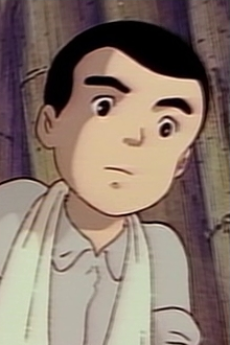
Tadayoshi Nakane
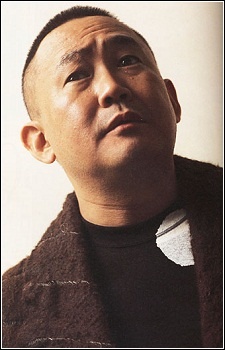
Shouzou Hayashiya
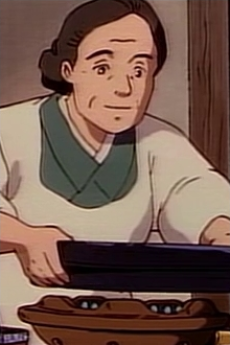
Obaa-chan

Terue Nunami
RELATED TO USHIRO NO SHOUMEN DAARE
REVIEWS

deli000
75/100A film faded into obscurity but remains just as deserving of a throne alongside “Grave of the Fireflies”.Continue on AniListThis film deserves to be acknowledged alongside Isao Takahata’s “Grave of the Fireflies” as another important depiction of war through a child’s eyes. It shares the same kind of lost innocence that Takahata tackled in his own depiction of World War 2 and that Nobuhiko Obayashi (“House”, “Hanagatami”) also oriented his films around. It’s a reality that I hope future generations will never have to experience. In “Kayoko’s Diary”, the titular heroine is just one face out of millions, but her story remains just as important.
Kayoko is the youngest in a family of seven that’s soon to be a family of eight because of the pregnancy of her mother. She also happens to be the only girl out of her siblings (composed of three brothers), but that doesn’t stop her from being close to each of them. She’s a child just like any other child – she’s scared of her strict grandmother and is noted to be a “mama’s girl”. She also cries easily. Her innocence is weighted through the ways in which she stands up for her country with the kind of childlike eyes that haven’t yet processed grief. The film is set in the 1940s after all, a time in which World War 2 was in the air and was just about to reach its climax, a climax that will reach Kayoko’s hometown.
Before that, Director Seiji Arihara is more concerned with breathing life into his characters. He does so by giving this film a slice-of-life aesthetic that’s important to digest. The entire film is actually a collection of memories narrated by an older version of Kayoko. On one occasion, we see her being bullied by another kid whose parents constantly argue with each other. On another, she celebrates her birthday with her family. She even innocently proclaims at one point that she wants to be a nurse in order to help with the war effort that’s looming in the background.
We also get glimmers of Kayoko’s siblings – one of them loves books and science, the oldest is being taught to inherit the family business, and another is a rambunctious individual who encourages Kayoko to never let herself be picked on by bullies. These children have futures, and they don’t know any better than to chant “Banzai!” in the face of their country’s growing interactions with America and England.
When the film is brutal, Arihara conveys that with devastating imagery that looks you directly in the eyes and says “This is what I am, and this is what I could be again”. Even before the war reaches Kayoko, the film understands maturity. It adopts a sort of coming-of-age story, one which helps us understand who Kayoko is and what she means not just as an individual but as a representation of a generation.
Arihara handles both Kayoko’s internal conflicts as well as the comforting dynamics of her family, and he emphasizes this scenic life in order to convey just how tragic war is. When the film hits, it hits with such brazen emotion. It’s a bittersweet portrait of two worlds: an image of innocence and its deterioration. Loss.
It comes in many forms; the loss of your loved ones, your future, your childhood. A world of promise that’s stripped away from you at a young age. It’s such a shame that “Kayoko’s Diary” never received the attention that “Grave of the Fireflies” did because it’s just as significant in the land of child perspectives. It actually serves as the antithesis to “Grave of the Fireflies” despite initially showing bleak worldviews. It may have burned the innocence of its heroine to the ground, but it also knows hope.
“Kayoko’s Diary” chooses to show kindness in the face of tragedy. Arihara paints a picture of the unalterable complexities of fate but also lends a guiding hand. He guides Kayoko into hardening her resolve. The film, and the people behind it, truly care about her. They care about Kayoko and the millions of children who were Kayoko.

Deago
78/100Anti-nationalistic WWII autobiography.Continue on AniListUshiro No Shoumen Daare (Who's Left Behind?) is an adaptation of Kayoko Ebina's children's book, drawing from the author's own experiences during World War II. This historical drama explores the theme of national pride from a child's perspective, seen through the eyes of young Kayoko.
The narrative begins with Kayoko's carefree and playful life, which is soon overshadowed by the grim realities of war. The initial scenes depict her joyous interactions with family and friends, painting a picture of innocence and normalcy. However, this tranquility is disrupted by the Tokyo air raids, which bring devastation and chaos, capturing the struggle for survival and the acute pain of loss as Kayoko's family is torn apart. These sequences are particularly effective in showing the stark contrast between the innocence of childhood and the horrors of war, making the impact of the conflict deeply personal and relatable.
Early, characters express strong nationalistic sentiments, with lines like, 'Don't worry. Japan is God's country' and 'The emperor is here. There is no possibility that Japan will lose'. These expressions of unwavering belief in Japan's invincibility are starkly contrasted by the harsh realities of war that follow. This misplaced faith is a recurring motif, highlighting how nationalism and pride can blind individuals to the impending dangers and consequences of conflict.
A notable moment is when Kayoko and her family are compelled to donate their personal belongings to the military to be recycled into weapons. Kayoko gives away her cherished doll to be turned into explosives, believing it will serve the country for the greater good. The loss of her doll is a symbol of act of sacrifice underscoring the heavy burden nationalism places on individuals, particularly children.
Contrasting this is a scene that underscores the confusion and innocence of children in understanding political complexities. In a touching farewell, Kayoko begins to sing a song to her family and classmates, unaware that it is an American song. Her classmates whisper, 'Didn't our teacher say we couldn't sing this song?' Feeling embarrassed, Kayoko awkwardly stops, but then her mother starts to sing along, encouraging her to resume. This support brings a smile to Kayoko's face, and she resumes singing joyfully, highlighting the innocence of childhood amidst wartime prejudice.
Aftermath, defeated, humiliated, traumatised, Kayoko wanders near her now-destroyed town. Before her lies a scene of despair and misery: Gaunt children desperately peddling tobacco on the once vibrant streets, a fleeing thief knocks her to the ground in a frantic scramble for whatever scraps remain, and lamentably, a boy who resembles her missing older brother polishes an American soldier's boots. This hopeless view leaves her appalled and devastated—a cruel reality check illustrating the profound personal impact of war and defeat.
The direction by Seiji Arihara effectively evokes strong emotions and conveys profound messages about the impact of nationalism and the harsh realities of war. The storytelling, combined with detailed animation and evocative sound design, created a deeply immersive experience. The contrast between the colourful, lively world of Kayoko's early childhood and the bleak, war-torn landscape that follows is striking, reinforcing the film's climax. The portrayal of Kayoko's gradual loss of innocence and her ultimate resilience is both heartbreaking and inspiring. Her journey is a microcosm of the larger national experience, reflecting the Japan's collective trauma and the enduring hope for a better future.
For those interested in similar World War II dramas, I recommend Hi no Ame ga Furu (Rain of Fire) and Raiyantsuuri no Uta (Song of Raiyantsuuri) by the same director. Rain of Fire critiques military censorship aimed at maintaining citizen morale, leading to collective overconfidence and negligence in safety during the war. Raiyantsuuri no Uta shows a touching bond between a Chinese forced laborer escapee in Hokkaido and a mute young Japanese girl, highlighting inhumane discrimination and a deep sense of nostalgia for home and family, further demonstrating Arihara's skills to create deeply moving, historically grounded anime.
SIMILAR ANIMES YOU MAY LIKE
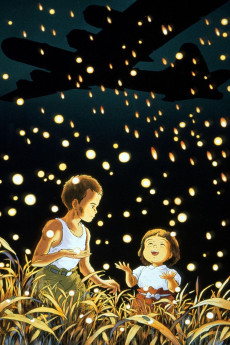 MOVIE DramaHotaru no Haka
MOVIE DramaHotaru no Haka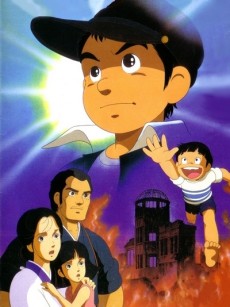 MOVIE DramaHadashi no Gen
MOVIE DramaHadashi no Gen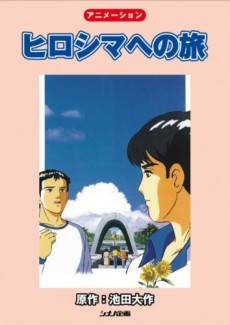 OVA DramaHiroshima e no Tabi
OVA DramaHiroshima e no Tabi MOVIE DramaGlass no Usagi
MOVIE DramaGlass no Usagi MOVIE DramaO-Hoshisama no Rail
MOVIE DramaO-Hoshisama no Rail
SCORE
- (3.4/5)
MORE INFO
Ended inMarch 9, 1991
Main Studio Mushi Production
Favorited by 26 Users


